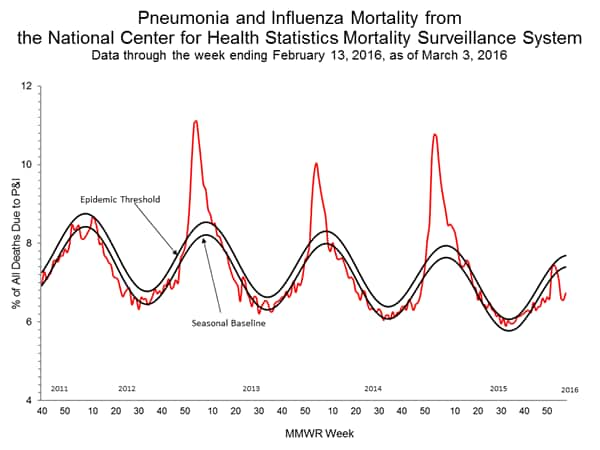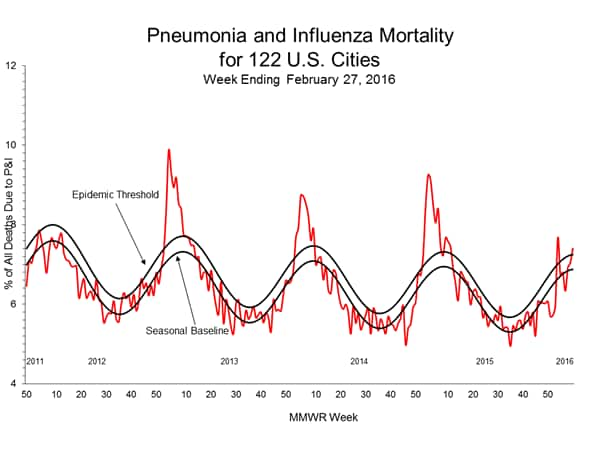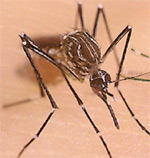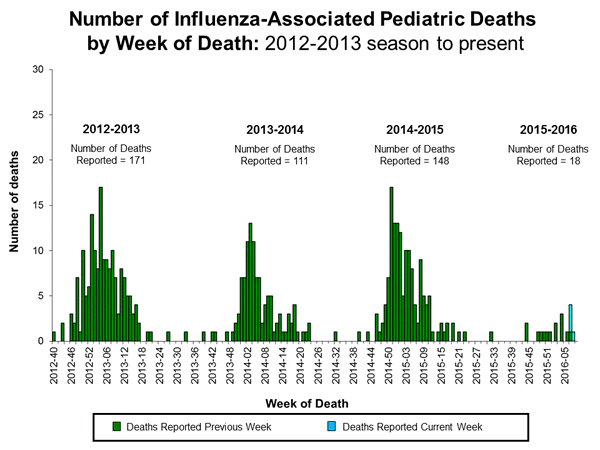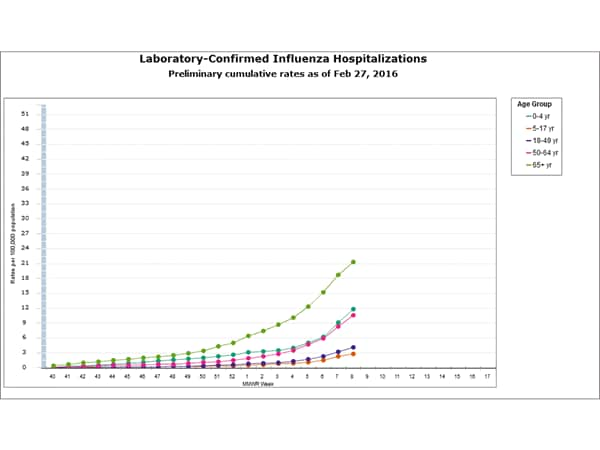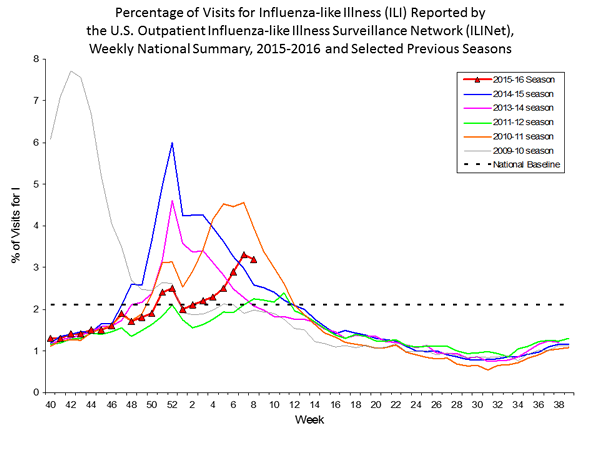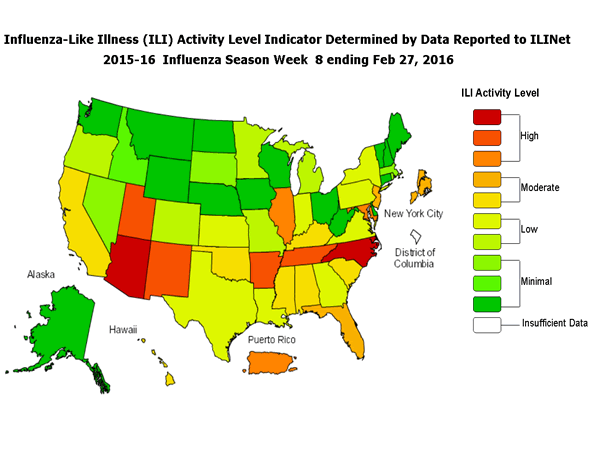Archive for March, 2016
Ebola: “….we must not forget that many features of this tragic outbreak strongly reinforce the benefit of continued investment in global health security efforts….”
Thursday, March 10th, 2016Spengler JR, Ervin ED, Towner JS, Rollin PE, Nichol ST. Perspectives on West Africa Ebola virus disease outbreak, 2013–2016. Emerg Infect Dis. 2016 Jun [date cited]. http://dx.doi.org/10.32032/eid2206.150021
CDC-Emerging Infectious Diseases

Ebola virus outbreaks (red dots) and distribution of Eidolon helvum, Mops condylurus, Myonycteris torquata, Epomops franqueti, and Hypsignathus monstrosus bats.
Zika Virus: Maybe pesticides against Aedes Aegypti are not the answer!
Wednesday, March 9th, 2016AedesAegypti-Pesticides-Brazil
Aedes aegypti control in Brazil
Published online: March 1, 2016
Lia Giraldo da Silva Augusto, Aline M Gurgel, André M Costa, Finn Diderichsen, Francisco A Lacaz, Gabriel Parra-Henao, Raguel M Rigotto, Rubens Nodari, Solange L Santos
The Lancet
http://www.thelancet.com/journals/lancet/article/PIIS0140-6736(16)00626-7/abstract
“…Here, we report the presence of infective Zika virus particles in breast milk with substantial viral loads….”
Wednesday, March 9th, 2016Infectious Zika viral particles in breast milk
Published online: March 1, 2016
Myrielle Dupont-Rouzeyrol, Antoine Biron, Olivia O’Connor, Emilie Huguon, Elodie Descloux
The Lancet
http://www.thelancet.com/journals/lancet/article/PIIS0140-6736(16)00624-3/abstract
Latest Research: Evidence suggests that symptomatic dengue during pregnancy might be associated with fetal adverse outcomes.
Sunday, March 6th, 2016** Preterm birth and low birth weight were the most common adverse outcomes in mothers who contracted dengue.
Latest Research: “…Our findings confirm that infectious Zika virus is excreted into semen resulting in a high viral load that could lead to sexual transmission….”
Sunday, March 6th, 2016** CDC: Seasonal Flu Activity (week 8, February 21-27, 2016)
Saturday, March 5th, 2016
During week 8 (February 21-27, 2016), influenza activity remained elevated in the United States.
- Viral Surveillance: The most frequently identified influenza virus type reported by public health laboratories during week 8 was influenza A, with influenza A (H1N1)pdm09 viruses predominating. The percentage of respiratory specimens testing positive for influenza in clinical laboratories increased.
- Novel Influenza A Virus: One human infection with a novel influenza A virus was reported.
- Pneumonia and Influenza Mortality: The proportion of deaths attributed to pneumonia and influenza (P&I) was below the system-specific epidemic threshold in the NCHS Mortality Surveillance System and above the system-specific epidemic threshold in the 122 Cities Mortality Reporting System.
- Influenza-associated Pediatric Deaths: Four influenza-associated pediatric deaths were reported.
- Influenza-associated Hospitalizations: A cumulative rate for the season of 7.8 laboratory-confirmed influenza-associated hospitalizations per 100,000 population was reported.
- Outpatient Illness Surveillance: The proportion of outpatient visits for influenza-like illness (ILI) was 3.2%, which is above the national baseline of 2.1%. Nine of 10 regions reported ILI at or above region-specific baseline levels. Puerto Rico and eight states experienced high ILI activity; New York City and nine states experienced moderate ILI activity; 13 states experienced low ILI activity; 20 states experienced minimal ILI activity; and the District of Columbia had insufficient data.
- Geographic Spread of Influenza: The geographic spread of influenza in Puerto Rico and 33 states was reported as widespread; Guam and 14 states reported regional activity; the District of Columbia and one state reported local activity; and the U.S. Virgin Islands and two states reported sporadic activity.
<!–
–>
